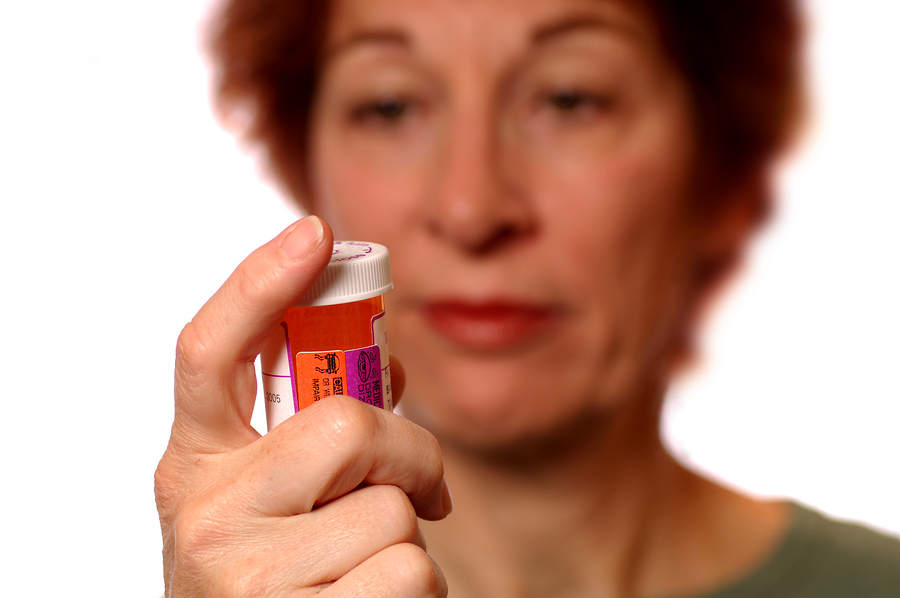12 Myths About Opioid Pain Medication
/By Ryle Holder, PharmD, Scott Guess, PharmD, and Forest Tennant, MD, Dr. P.H.
Myth #1: Above 100mg of morphine equivalence, opioid pain medications are ineffective. NONSENSE! They have no ceiling in most patients and may remain effective at dosages in the thousands.
Myth #2: All pain patients who take over 100mg of morphine equivalence are diverting or selling part of their prescription allotment. NONSENSE! Most patients who have a bad enough pain problem to need this much opioid don't usually want to part with it.
Myth #3: All patients who use the "Holy Trinity" of an opioid, benzodiazepine, and muscle relaxant are either selling their drugs or will shortly overdose. NONSENSE! The original "Holy Trinity" was a simultaneous ingestion of a combination of the short-acting drugs hydrocodone (Norco), alprazolam (Xanax), and carisoprodol (Soma). A different, long-acting drug from either of these 3 classes (opioid, benzodiazepine, muscle-relaxant) markedly lowers the risk. So does taking the drugs separately.
Many severe, centralized pain patients have to take a drug from the 3 classes and do it safely and effectively. In other words, they take the drugs "as prescribed."
Additionally the “Holy Trinity,” originally called the “Houston Cocktail,” is a term coined by law enforcement. Addicts tend to use monosyllabic terms to refer to their poison of choice; “Holy Trinity” has too many syllables.
Myth #4: Centralized, intractable pain doesn't exist. NONSENSE! Much research documents that pain from an injury or disease may cause glial cell activation and neuroinflammation, which may destroy brain and spinal cord tissue. Multiple, high dose drugs may be needed to prevent tissue damage and control the immense pain that this condition may produce. As inflammation develops, the overall stress on all organ systems increases dramatically, occasionally to a life-threatening level.
Myth #5: The risks of an opioid dosage over 100mg of morphine equivalence are too great to prescribe opioids above this level. NONSENSE! If a severe, chronic pain patient can't find control with opioid dosages below 100mg or with other measures, the benefit of the high dose far outweighs the risks.
Myth #6: Overdoses occur even if opioids and other drugs are taken as prescribed. NONSENSE! If this even happens, it is extremely rare. Overdose victims often take alcohol, marijuana and other drugs in combination, but opioids and the prescribing doctors are always blamed.
Myth #7: There are no "proven" benefits to long-term opioid therapy. NONSENSE! Simply talk to someone who has taken them for 10-20 years. Never has there been, nor will there ever be, a double-blind, placebo-controlled study to provide "evidence." Opioids are a last resort when all else fails. Opioids in doses >100mg have improved quality of life and prevented death in some instances.
Myth #8: Chronic, severe or intractable pain is just a nuisance that doesn't warrant the risk of opioids. NONSENSE! Severe pain has profound detrimental effects on the cardiovascular, immune, endocrine (hormone) and neurologic systems. Pain must be controlled or pain patients may die of stroke, heart attack, adrenal failure or infections due to a suppressed immune system.
Myth #9: Genetics has no effect on the need for a high opioid dosage. NONSENSE! Bigger and heavier people need a higher dose of medications (just add 1 drop of food coloring to a 1 gallon bucket and then a 5 gallon bucket and observe). It is well documented that some genetic variations impede opioid metabolism to the active form of the drug, or increase the speed the body excretes the opioid. Both metabolic variations will require a higher dosage.
Myth #10: All pain patients can get by on standard opioid dosages under 100mg. NONSENSE! There are persons who are outliers with all disease conditions such as heart failure, diabetes and asthma. Same with pain. A few unfortunate individuals will always require high dosages. Remember our friend the bell curve? What if YOU were on the extreme end?
Myth #11: All patients started on opioids some time ago can just suddenly stop opioids. NONSENSE! Once a person is on high dose opioids they don't dare suddenly stop, because sudden withdrawal may cause hypertension, tachycardia, adrenal failure, and sudden heart stoppage. Some patients who have stopped too suddenly have committed suicide because they had no way to control pain. Montana reports that 38% of all suicides in the state are pain patients, many of them undertreated.
Myth #12: There are plenty of alternatives to opioids. NONSENSE! Common pain problems are generally mild to moderate and respond to a variety of non-opioid treatments. Unfortunately, there are some severe, intractable pain patients who can only control their pain with opioids.
Forest Tennant is a pioneer in pain management who operates a pain clinic for intractable pain patients in West Covina, CA. His clinic was recently raided by DEA agents.
Ryle Holder is a Georgia pharmacist and patient of Dr. Tennant. Scott Guess operates an independent pharmacy and clinic in Atascadero, CA that specializes in pain management.
This column was distributed by Families for Intractable Pain Relief, a project of the Tennant Foundation.
The information in this column should not be considered as professional medical advice, diagnosis or treatment. It is for informational purposes only and represents the author’s opinions alone. It does not inherently express or reflect the views, opinions and/or positions of Pain News Network.





